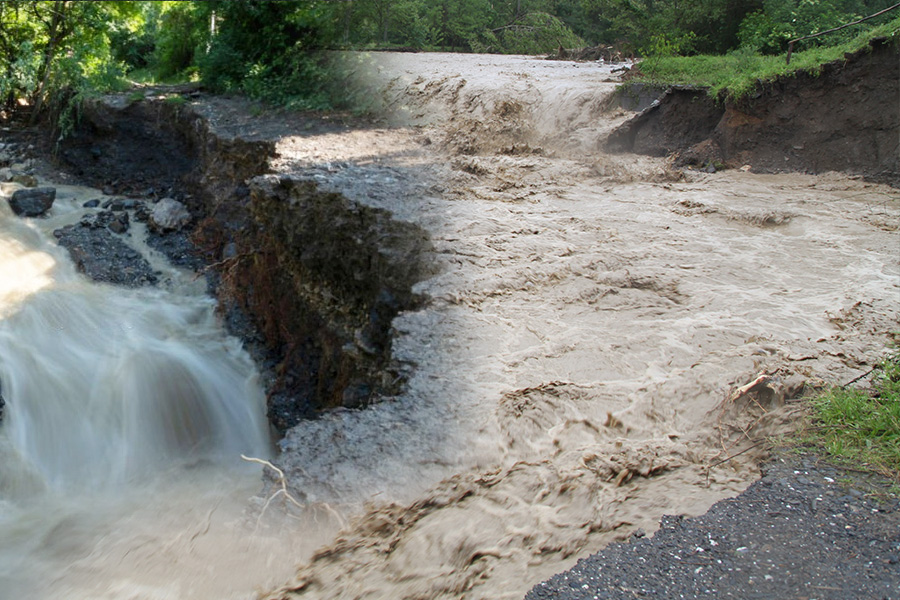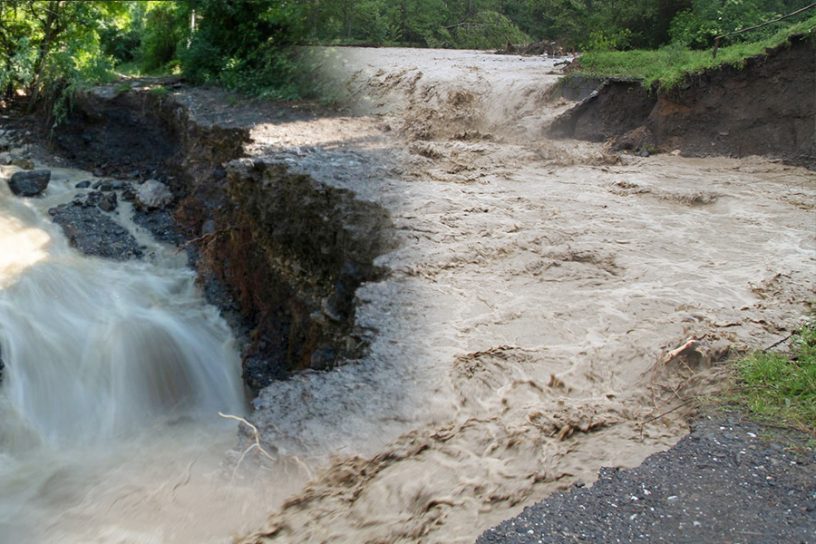
In this paper, the authors synthesize the current worldview (post-2000) on land degradation neutrality (LDN), an emerging concept in the field of environmental sustainability that advocates a dynamic balance between degradation and restoration, to ensure no net loss in productive land resources.
Authors
Sriroop Chaudhuri, Co-Director, Center for Environment, Sustainability and Human Development (CESH), Jindal School of Liberal Arts and Humanities, O.P. Jindal Global University, Sonipat, Haryana, India.
A. Kesavan, School of Geographical Sciences, University of Bristol, UK.
H. Kaur, Monitoring, Evaluation, Resolution and Learning (MERL) Associate, The Water Project, 17 Depot Street, Concord, USA.
Summary
The UN Sustainable Development Goals specifically note the growing importance of land degradation management and mitigation strategies, advocating for global collaboration and innovative research and policy outlook.
In this reflective summary, we synthesize the current worldview (post-2000) on land degradation neutrality (LDN), an emerging concept in the field of environmental sustainability that advocates a dynamic balance between degradation and restoration, to ensure no net loss in productive land resources.
We first introduce the LDN Causal Framework (theoretical framework of LDN), followed by the Logic Model – guideline for on-ground LDN method implementation (comprising preparatory activities, followed by Integrated Land Use Planning (ILUP), and LDN Response Hierarchy (Avoid Reduce-Reverse)).
We draw attention to growing concerns about LDN technical problems: restore vs. rehabilitate; selecting indicator variables, and establishing a baseline. In the final section, we reflect on the social-ecological aspect of LDN – harnessing participatory action (multi-stakeholder engagement) and gender mainstreaming.
Overall, LDN presents an umbrella vision for environmental regeneration and land capital management, that requires seamless integration of natural with social sciences, the policy with law, and requires strategic community mobilization.
Published in: Nature Environment and Pollution Technology: An International Quarterly Scientific Journal
To read the full article, please click here.


